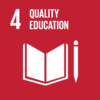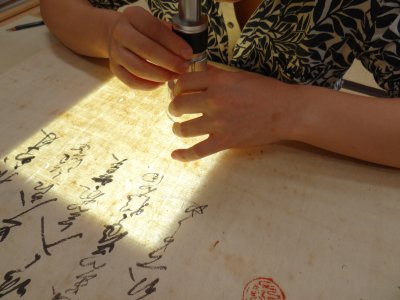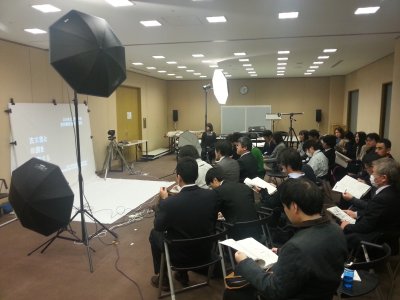Research on Conservation Technology for Historical Resources and its Standardization for Handing them Down to the Future


Yosuke Onoe
Historiographical Institute
Vice Director/Professor
It is the mission of the Historiographical Institute (HI) to conserve historical manuscripts and copies for future generations and ensure their good use for the society today. Therefore, the HI has been making efforts to grasp and record their current conditions by an appropriate conservation method under the best possible preservation environment. The conservation technology developed from such efforts should be regarded as an ideal case for humanity because it has been promoted through interdisciplinary research based on knowledge and skills of multiple fields. HI professors, based on the Conservation Laboratory, carry out this project in collaboration with HI technical staff members and operators from the outside. Furthermore, the HI has been sharing the conservation technology and research results with other institutions without monopolizing it.
The Representative Case
The Representative Case
- Paper documents as part of primary resources: the HI has been analyzing the composition of paper as the basic data for conservation by applying the results developed from optical techniques of other fields. As the latest case, one of HI partners who has been working on the analysis of starch powder has come up with a new result. Numerical data is formulated and registered in an open database system, which will build the foundation for the conservation technology as well as ensure a good use of materials for further development.
- Glass dry plate (photographic materials before the invention of films): the glass dry plate was considered as difficult materials to handle by many institutions, while the HI, as a leading institution, has established the standard model of digital photographing, document information and conservation. The HI is sharing this method with other institutions by offering a database system and publishing a book, both of which have been greatly appreciated by scholars.
- Digital photograph: the HI has established a consistent method from photographing to maintenance and utilization, which should be carried out for conservation and application. The HI has continued to revise this pioneering case by disclosing the results at a symposium, in addition to a workshop on photographing with museum curators and local governmental staff members in cooperation with Oita Prefecture. The HI believes that these products based on document copies must play a significant role if and when the original documents are lost in disaster.
Related publications
- KURUSHIMA Noriko. TAKAHASHI Norihide and YAMBE Koki eds., Glass Dry Plate as Cultural Properties, Bensei Shuppan, 2017(久留島典子・高橋則英・山家浩樹編『文化財としてのガラス乾板』勉誠出版、2017年)
- The HI Research Report, The Investigation and Research with Conservation Project on “Nakanoin Ippon-ki” Preserved in HI, 2015(東京大学史料編纂所研究成果報告2015-1『東京大学史料編纂所所蔵『中院一品記』修理事業に伴う調査と研究』2015年)
- The HI Research Report, The Institutional Production and Maintenance of Digital Photograph Image, 2015(東京大学史料編纂所研究成果報告2014-8『組織によるデジタル撮影画像の生成・管理』2014年)
Contact
- Team of General Affairs, Historiographical Institute
- Tel: +81-3-5841-5997









